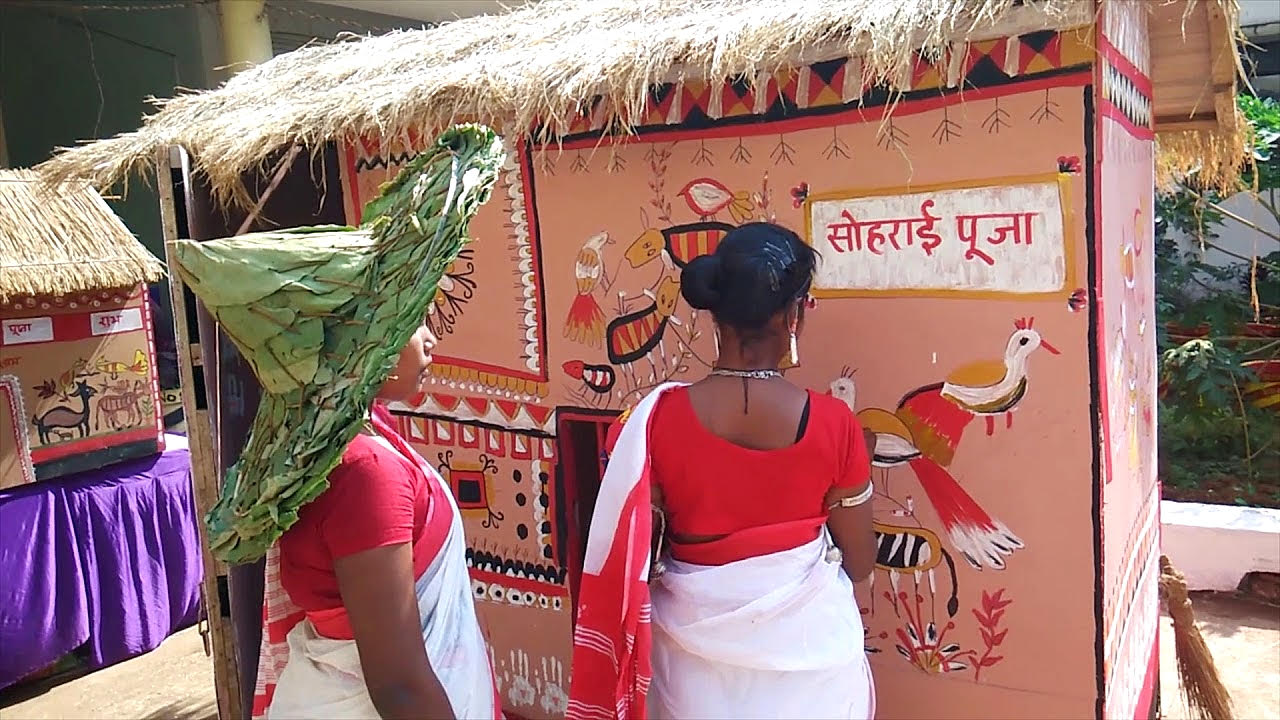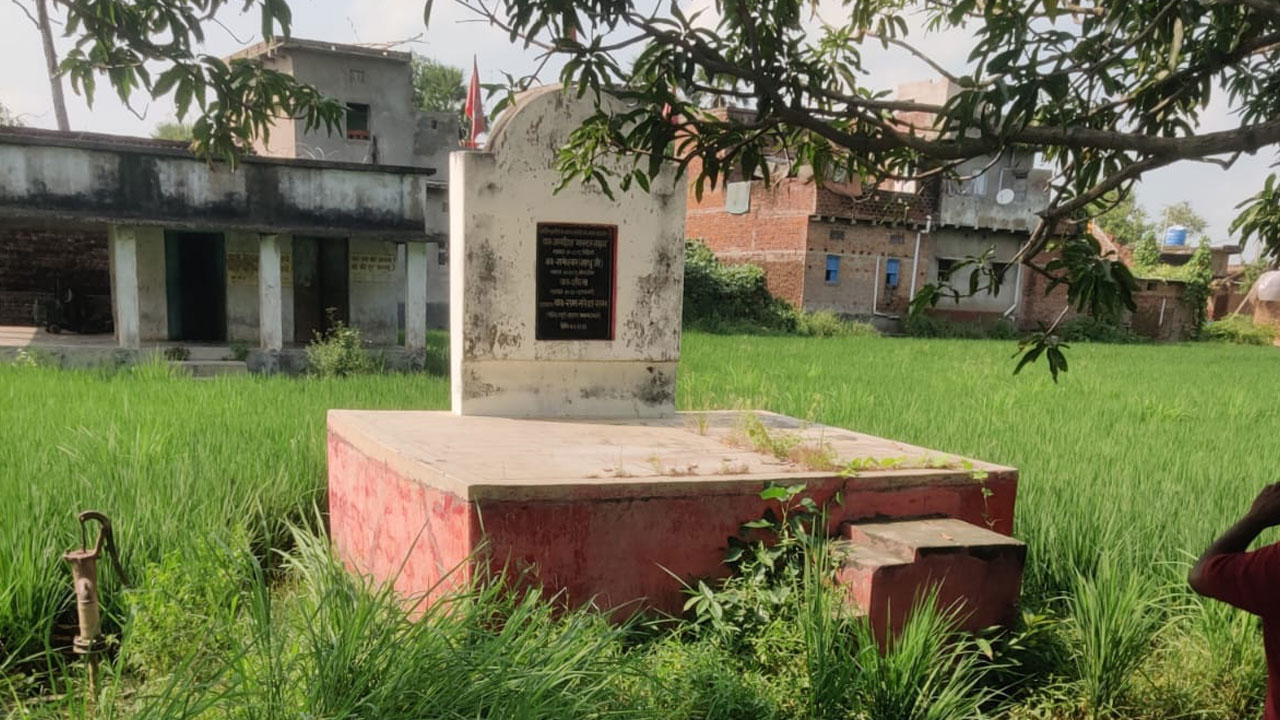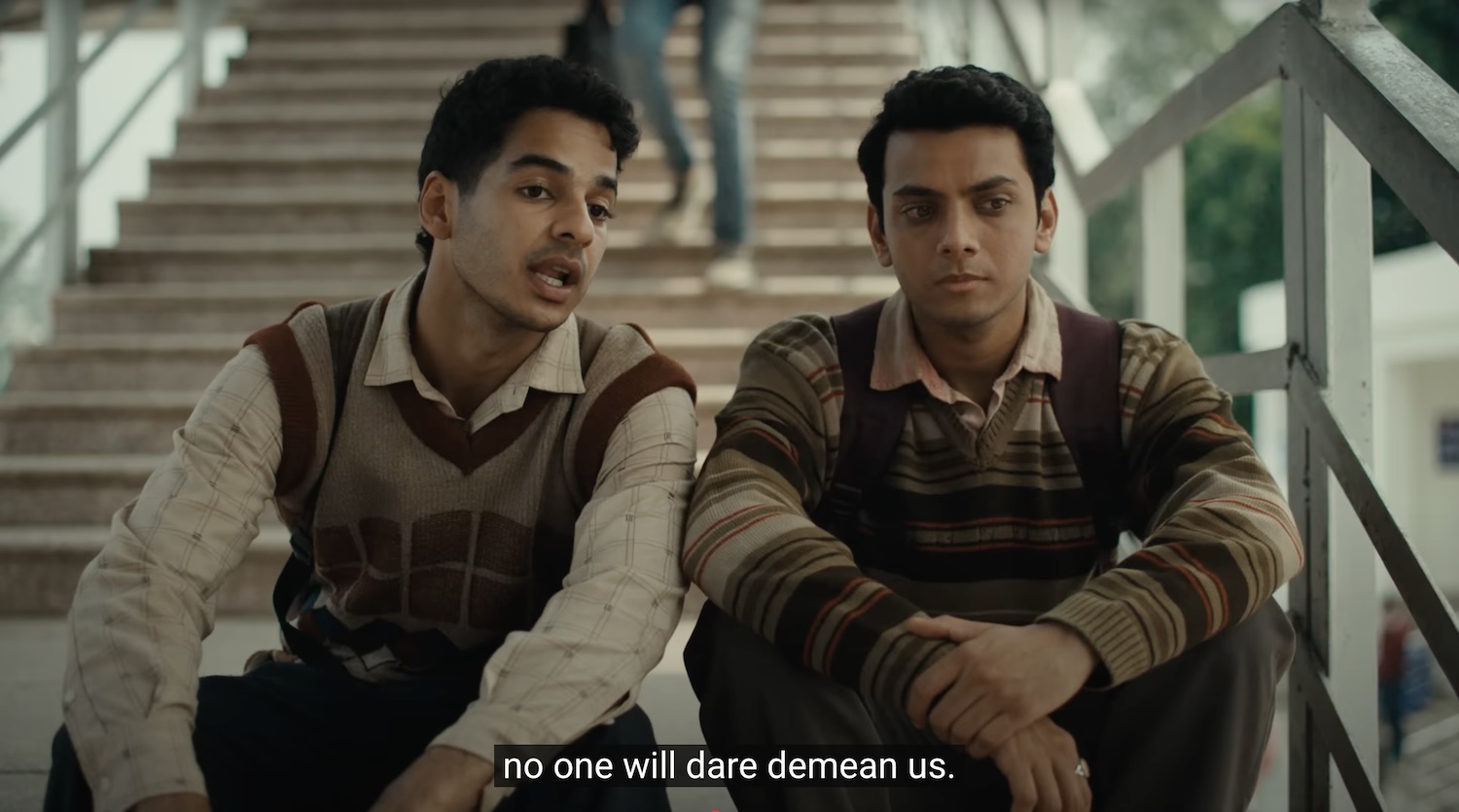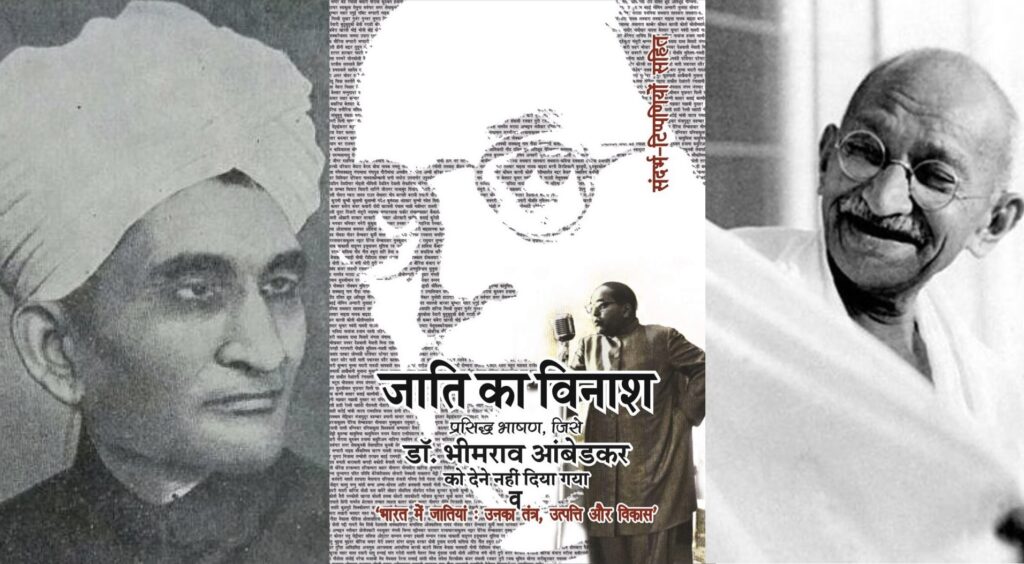Jharkhand and neighbouring states celebrate Sohrai around the time when the followers of brahmanical Hinduism celebrate Diwali. It is celebrated at the time of the year when the nights become cool and the air is suffused with the pleasant smell of ripening crops. It is an expression of gratitude for a good harvest and healthy cattle.
In Jharkhand, Sohrai is a festival of all Adivasi communities, including Santhal and Munda, and is an important part of their socio-cultural life. In some places, the Sandan, that is non-Adivasis, also celebrate this festival with gusto. The festival is also celebrated in Odisha, Chhattisgarh, Bihar, West Bengal and Assam with great fervour and reverence.
“Sohrai” means “appreciating and caressing”. The festival is about caressing cattle, pampering them and expressing gratitude towards them; it is about the relationship between humans and cattle – in which cattle aren’t tools but members of the household.
Jharkhand is a multi-racial and multi-cultural state where the Aryan, the Dravidian and the Austric cultural streams flow in parallel. Their mingling has shaped the culture of Jharkhand. There is hardly a month when a festival is not celebrated in Jharkhand. The Adivasis here live in communion with nature. Every season brings with it a new festival. After Karam and Sarhul, Sohrai is considered the most important festival.
Sohrai is known by other names in different parts of the state, namely Gohal Puja, Dangar Puja and Bandna Parab. The Asur, Birajia and other primitive tribes settled in Netarhat call it Bhainsasur Puja. It is celebrated on the day after Diwali.
Sohrai is believed to be an ancient festival. Its roots go back to the times when humans lived off farming and cattle rearing. Historians say that it celebrates the pastoral age, when humans developed an enduring relationship with nature and animals.

The Adivasis apply vermillion and oil to the horns of their cows and bullocks. This is called Tel Makhayi. On the night of the Amavasya (New Moon day) a “chaumukhi diya” (four-sided earthen lamp) is lit in the barn. A mixture of seven cereals and pulses – wheat, maize, bajra, arhar, urad, kurthi and paddy – is boiled and fed to the cattle and is eaten by the family, too, making the festival symbolic of the philosophy of common life and collectiveness.
The grazers and youth go from door-to-door singing Chanchar songs (sung on the occasion of Sohrai) to the tune of drums, mandars, nagadas and kartals. They are offered delicacies, food grains and money by the households. These songs are called “Harabadia” in Khorta language.

Diverse traditions and historical background
The stories associated with the festival and the customs observed during the celebrations may differ from place to place but a common thread connects them – celebrations of oneness with nature and coexistence of cattle and humans. Different Adivasi communities celebrate Sohrai at different times of the year. Some celebrate it around Diwali and others around Makar Sankranti in the month of Paush. These differences are said to be the fallout of social division and displacement that followed the Hul Revolt (1885).
Homes, colours and women’s creativity
Preparations for Sohrai begin a few days earlier. Women clean homes, plaster the walls with clay and cow dung and give a limewash coating. Then, they make colourful paintings on the walls, which are known as Sohrai paintings. It is not just an art but a lively expression of the shared memories, labour and creativity of the Adivasi women. Hazaribagh, Giridih, Dumka and Bokaro districts of Jharkhand are the key centres of this art. The art form has two styles – Manjhu Sohrai and Kudmi Sohrai.
For generations, women from different Adivasi communities have been portraying daily life and nature and painting animals and birds using clay, cow dung and natural colours. The oldest specimen of these paintings are found in the Isko Cave in Hazaribagh district, which indicates that this art may be at least 5000 years old.

Now, it is being used not only to paint walls but also to embellish clothes, bed sheets, handcrafted items and digital images. In 2020, the Sohrai mural art received its Geographical Indication tag, thus giving it not only a national but an international identity.
Sohrai murals are not only about aesthetics. They also represent the collective memory of women, their hard work and their creativity. They show that in Adivasi communities, women are not passive onlookers but carriers and creators of culture.
Sohrai is also a symbol of the sacred and unbreakable sister-brother bond. In the Santhal community, Sohrai is considered an occasion for reestablishing and strengthening relationships within the family and outside. Traditionally, on Sohrai, brothers visit the homes of their married sisters and invite them to visit their maternal homes. The sisters accept the invitation, come to their maternal home and celebrate the festival with the family.
The community disapproves of a brother not inviting his sister and as a result her not visiting her maternal home on Sohrai, and in some cases, a symbolic penalty is imposed on such recalcitrant brothers.
The story of Marang Buru and the old farmer
There are many Adivasi folktales related to the origin of Sohrai. Every tribe has its own story. One of the popular ones goes thus: Long ago, an old farmer was sitting on the banks of a river. He saw a calf covered in slush. The old man took the calf to the river, gave it a bath and began caressing it. The calf’s skin was glistening. After a while, when the calf’s mother arrived, she was overwhelmed to see the love the man was showering on her offspring.
The cow told the old man that since he had displayed a great love and affection for her calf, she would accompany him to his home and help him. The cow went to the old man’s home. Its milk and dung heralded prosperity in the farmer’s household. With time, the calf grew into a bullock and began drawing the plough. The old man got a plentiful harvest.
However, when the crop was harvested, the old man did not give a grain to the cow and her calf. Like always, dried grass was placed before them. Hurt, the cow and the calf (now a bullock), began walking towards the forest. The old farmer regretted his actions and tried to stop them. But they didn’t relent. Then, Marang Buru (the chief deity of the Adivasis) appeared and told the old farmer that he was incomplete without the animals. It was the cattle that had helped him prosper and so it was his duty to offer a part of the harvest to them.
This was how Sohrai came to be celebrated and to date, it symbolizes the coexistence of animals and humans and oneness with nature.
Five-day celebrations
Sohrai celebrations last five days in the Adivasi-dominated regions of Jharkhand. Each day is associated with particular beliefs and is marked by particular rituals and symbolism. The first day is called Nadka. On this day, the homes and cattle sheds are cleaned. Farm implements like plough and yoke are also washed and cleaned. Oil is applied to the horns of the cows and the bullocks. It is called Tel Makhayi. Kujri oil is applied to the bodies of the cattle, which kills bacteria and cures wounds and makes their skin glow.
After dark, four-sided earthen lamps are lit in the barns, which symbolize all-round prosperity and purity. On this day, the deities – Jehara, Era, Gosai Era and Marang Buru – are invoked.
The second day is known as Dakay Din. On this day, women draw patterns and figures on the walls and floors (“alpana”) using rice gruel all the way from the door of the house to the barn. The village pahan (chief priest) performs a ritualistic puja of the cattle and the barn. On this occasion, a pig or a cock is sacrificed and hadia (a country liquor made from rice) is offered to the ancestors. Later, all partake of it. In some communities, there is a unique tradition of making bullocks break eggs, which is considered a symbol of good luck.
The third day is called “Khoontav”. On this day, the cattle are decorated with garlands and paddy ears and tied to pegs. In some places, this tradition is called “Santau”. On this day, a game is also played. A tall, thick pole is erected at the village akhra (place designated for celebrations and performances). At the top, a sweet roti made of jaggery and rice flour (gur peetha) is tied and a strong bullock is tied at the bottom. The Adivasi youth try to fetch the roti without getting injured by the bullock. Those who succeed are called “veer” and the pahan honours them with new clothes. In some places, there is a tradition of tying a bullock wearing a garland of peetha at each door. The game involves snatching peetha from the bullock while playing drums and mandar.

The fourth day is called “Jaale Puja”. On this day, the young men of the village dance and sing to the tune of mandar and drums and go from door to door. At every home, they receive prasad (food items offered to the deity) and food. At the home where this group dance and singing ends, they are offered hadia (a local drink). This day-long event celebrates mutual harmony and brotherhood and every household joins it.
The fifth and the last day is called “Hako Kaatkom”. Hako is Santhali for fish. On this day, the men, children and the elderly go to a pond near the village where they fish together. In the evening, a communal feast is held. Rice, pulses and so on are collected from each home and “khichdi” is prepared. The villages collectively enjoy the feast sitting in a row. The women prepare special dishes. The day ends with dancing and singing.
Thus Sohrai celebrates nature, humans and cattle.
(Translated from the original Hindi by Amrish Herdenia)
Forward Press also publishes books on Bahujan issues. Forward Press Books sheds light on the widespread problems as well as the finer aspects of Bahujan (Dalit, OBC, Adivasi, Nomadic, Pasmanda) society, culture, literature and politics. Contact us for a list of FP Books’ titles and to order. Mobile: +917827427311, Email: info@forwardmagazine.in





